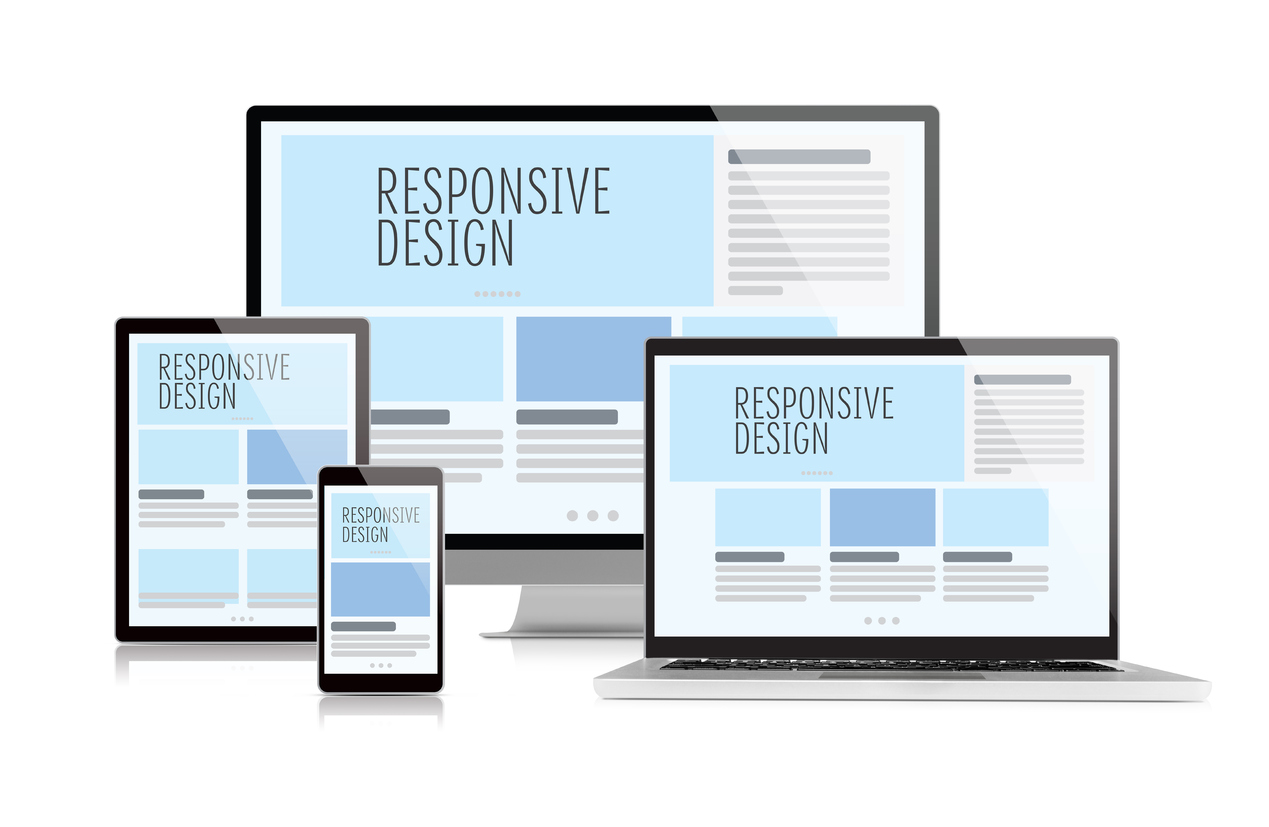
10 Essential Principles of Responsive Web Design
- admin
- 28 November 2023
- Uncategorised
- 0 Comments

max-width property in CSS. This ensures that images and videos resize proportionally, preventing overflow or distortion on smaller screens.4. Media QueriesImplement media queries to apply specific styles based on device characteristics such as screen width, height, or orientation. Media queries allow tailored design adjustments for different devices.5. BreakpointsStrategically set breakpoints to define where the layout should change to accommodate different screen sizes. Establishing breakpoints helps in optimizing the design for various devices without compromising user experience.6. Content PrioritizationPrioritize content to ensure critical information is presented prominently. This approach guarantees that users on smaller devices can access essential content without unnecessary scrolling or navigation.7. Cross-Browser CompatibilityTest and ensure cross-browser compatibility. Your responsive design should function seamlessly across different web browsers to reach a broader audience.8. Performance OptimizationOptimize performance by minimizing unnecessary code, compressing images, and utilizing efficient coding techniques. Fast-loading websites are crucial for a positive user experience.9. AccessibilityPrioritize accessibility by ensuring that your website is usable by individuals with disabilities. Use proper markup, provide alternative text for images, and ensure keyboard navigation for improved accessibility.10. Testing and IterationRegularly test your design on various devices and screen sizes. Collect user feedback and data to iterate and improve the responsive design continually.In conclusion, responsive web design is a pivotal aspect of modern web development. By following these ten essential principles, developers and designers can create websites that offer a consistent and user-friendly experience across diverse devices. Embracing responsive design principles not only enhances usability but also ensures the longevity and relevance of a website in today’s dynamic digital landscape.